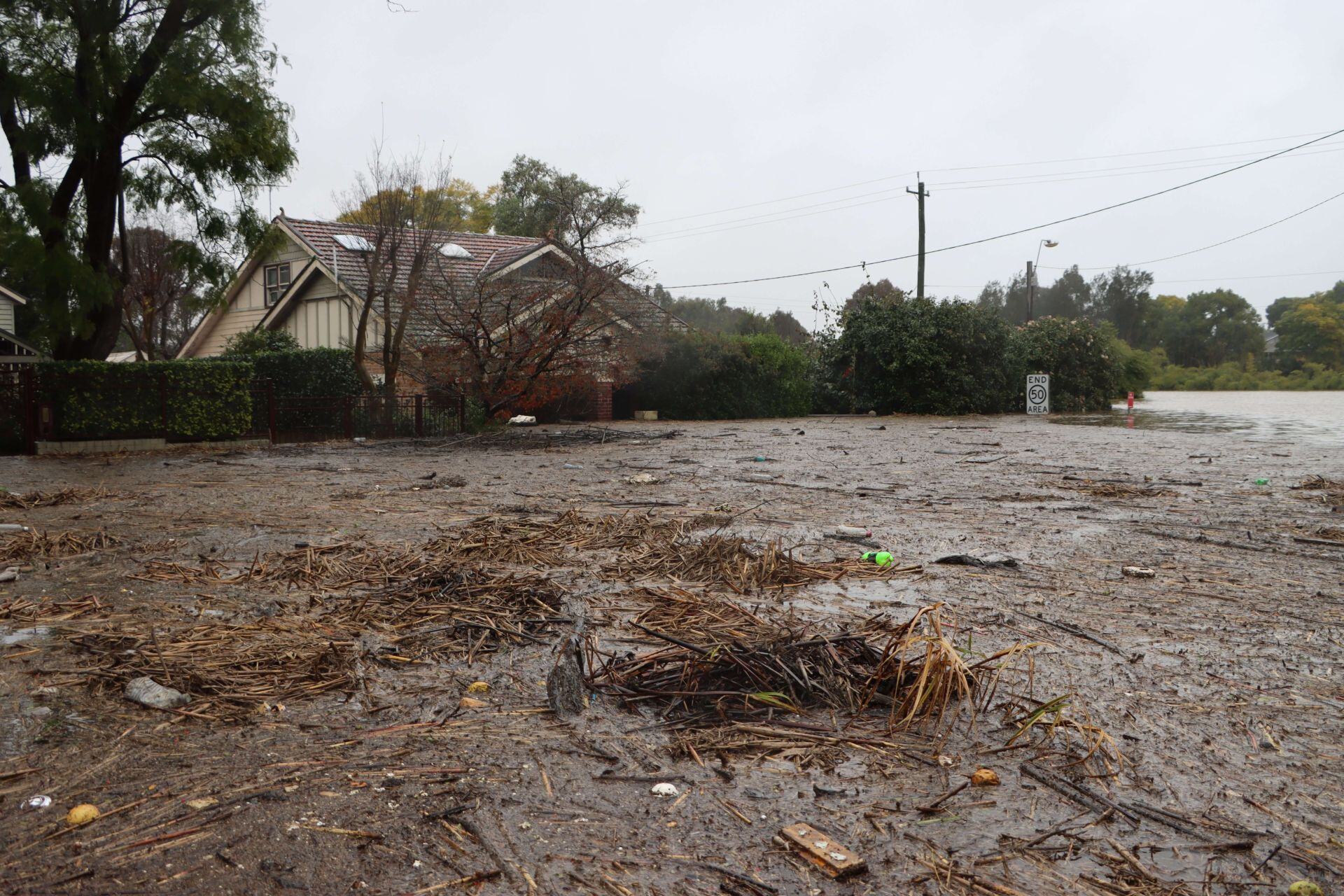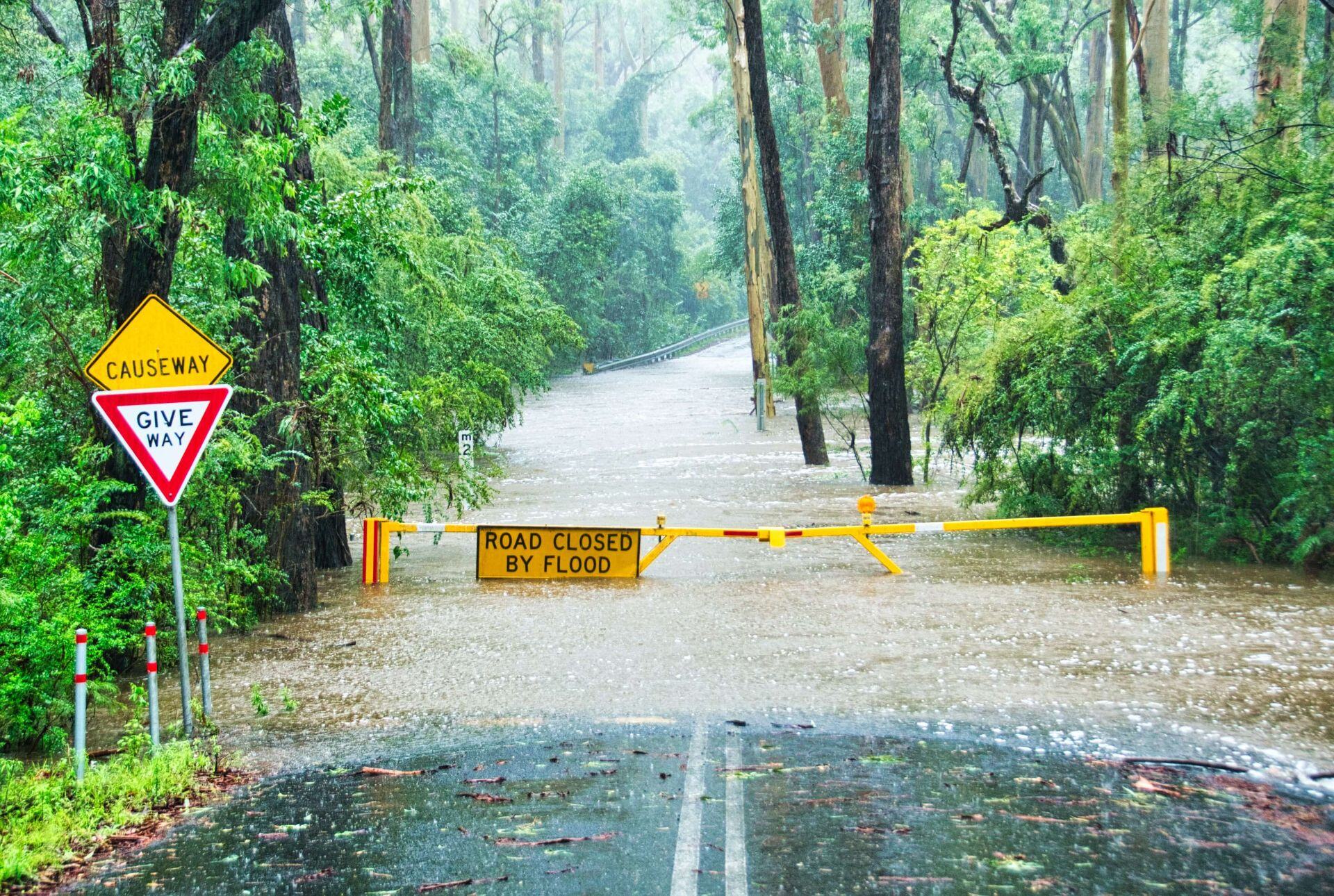1 min read
Study Shows Savings Achievable by Investing in Infrastructure Resilience
Admin Jan 3, 2023 12:30:00 AM



Infrastructure resilience is a system’s capacity to withstand, adapt, and positively recover from shocks. The significant expenditure incurred by the government in response to recent natural disaster events highlights the need for government to focus on the betterment of
public infrastructure.
Since 2005, the Commonwealth has spent $24 billion on disaster recovery. When compared with $500 million invested into resilience development, the data indicates there is a gap in providing funding support to develop infrastructure resilience.
Per the McKell Institute, under current policy, the average annual household cost of extreme weather is expected to jump from $888 to $2500 by 2050. Consistent with this prediction, the Insurance Council of Australia expects households to pay a total of $35.24 billion (in 2022 dollars) for the direct costs of extreme weather in 2050. This increase is partly due to the magnitude of many natural disasters—due to climate change—being severe in nature, with the February and March 2022 floods being the second costliest disaster in Australian history (after the 1999 Sydney Hailstorm). These estimates do not account for potential increases in the number of disasters due to climate change, meaning the reality is likely to become even worse.
The predicted benefits of a resilience-focused policy are very positive. According to a report published by the World Bank and Global Facility for Disaster Reduction & Recovery (GFDRR), in low to middle-income countries, the predicted average net benefit of investing in resilient infrastructure would be $4.2 trillion, with there being a $4 benefit for each $1 invested. 5 A similar outcome would be expected in a high-income country like Australia.
The World Bank and GFDRR report offered 5 recommendations to develop resilience, most notably:
- improving government decision-making, and
- providing financial incentives to ensure the full social cost of infrastructure disruptions
are accounted for.
More specific to Australia, Infrastructure Australia in August 2021 published an advisory paper identifying 10 steps that could be adopted to improve infrastructure resilience. For example, developing a standardised approach to valuing “blue and green” infrastructure was recommended as this would enable the disaster protection benefits of park or river networks to be calculated.
In addition, further training and resources could be provided to upskill planning practitioners, enabling them to better orchestrate an adaptable infrastructure system.
By seriously considering the advice given by entities like Infrastructure Australia, our government will be able to provide better assistance to the lives of Australians impacted by, and reduce the costs of, natural disasters.



